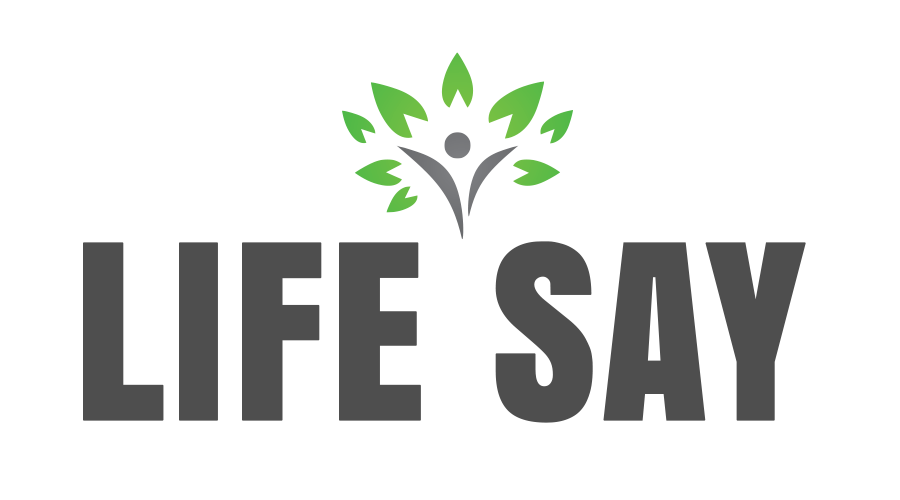Coffee beans are the seeds of the coffee fruit. The fruit is the edible fleshy pulp surrounding the source, containing about 10% caffeine. There are many areas where one can buy and use coffee beans in Brisbane.
Coffee beans must be roasted to remove some or all of their outer covering or husk (known as parchment). Either drying or roasting can do this. Roasting reduces moisture content and changes aroma, flavour, and colour characteristics; for example, brown beans produce less aroma than green ones due to lower fat content. It also affects taste by increasing bitterness levels due to Maillard reactions during heating.
Coffee beans smell amazing after they are roasted.
Coffee beans can be roasted in several ways: wet-processed (also known as washed), where the entire surface area is covered with water before roasting takes place; a natural process where peels are removed after roasting, but no additional processing steps take place; semi-washed which employs washing machines explicitly designed for this purpose; thoroughly washed using high-pressure washers like those used at some grocery stores when doing their weekly cleaning work around here.
When coffee beans are fully ripe, they’re called green coffee beans.
Green coffee beans in Brisbane are the seeds of the coffee fruit. They’re also called raw materials, which means they still need to be roasted and can be used in brewing.
When you hear “green” coffee beans, you might think they’re immature or unripe. But green coffee beans have nothing to do with ripeness. When fully ripe and ready for harvest (usually around August), green coffee beans are called parchment-like because their skin looks shiny like parchment paper when held up against the light.
Green coffee beans can be roasted to make brewed coffee in Brisbane.
Coffee is one of the most popular drinks in the world and is a significant source of revenue for many struggling countries.
Coffee beans are the seeds of the coffee fruit, which grow on trees in tropical climates. Green coffee beans have yet to be roasted and processed into a beverage or food product, such as ground coffee.
The most common type of green coffee is Arabica—the most popular species worldwide. It accounts for 90 per cent of all global production, but other varieties exist Robusta, which has higher yields but lower quality; Liberica, grown mainly in Brisbane; Caturra/Indica hybrids with properties somewhere between Arabica and Robusta; Tarrazu, grown only in Mexico’s Veracruz state; Catimorana from Colombia’s Huila department near Santander city across the border from Venezuela. It has been used since colonial times when Spanish colonists arrived centuries ago. It grows well under hot tropical climates like those found along riverbanks where they settle down.
Health benefits of coffee beans in Brisbane
- Coffee beans are a great source of antioxidants. Antioxidants protect cells from damage caused by free radicals, which may lead to cancer and other diseases.
- Coffee beans are a great source of fibre, which can help you feel full longer and lose weight. The soluble fibre in coffee beans may also lower cholesterol levels, reduce the risk of heart disease, improve digestion and help lower blood pressure.
- Coffee beans contain iron—the mineral that helps keep your body’s oxygen-carrying haemoglobin (tissue) red blood cells healthy. Iron deficiency is one reason why women get premenstrual syndrome (PMS).
Coffee contains potassium—a vital nutrient that helps balance electrolyte levels in the body. It helps prevent muscle cramps during exercise; maintains proper nerve transmission between neurons during sleep; regulates water balance across all tissues within the body; provides energy when needed most on long runs/hunts etc.


